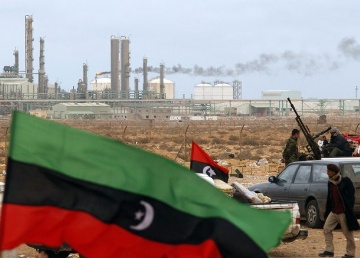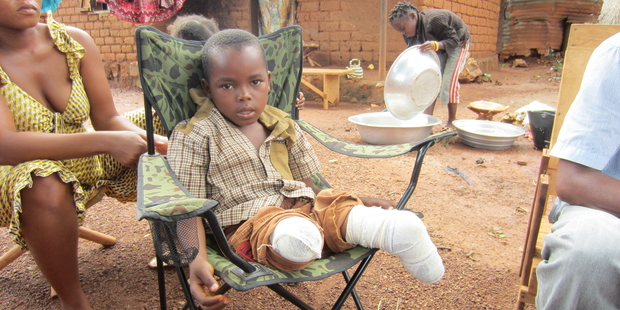On October 5, US Special Forces raided the Libyan capital of Tripoli and seized suspected Al-Qaeda terrorist Abu Anas al-Libi. Only 5 days later, Libyan Prime Minister Ali Zeidan was kidnapped by militiamen with the support of certain government elements. He was held for several hours until a crowd of armed citizens and rival militias forced his release. Though Libya has recently not been discussed as often as the conflicts in Syria and Egypt, the coincidence of these two kidnappings demonstrates that conditions are in crisis.
Both proponents and opponents of the UN-endorsed doctrine of Responsibility to Protect (R2P) treated the NATO-led 2011 intervention that resulted in the downfall of Colonel Muammar Gadhafi’s regime as a test case for R2P. Thus, Gareth Evans argued that the Security Council’s authorization of NATO intervention in Libya clearly saved thousands of lives and manifests wide global acceptance of R2P. In contrast, Chinese scholar Ruan Zongze asserted that the intervention was an abuse of power that pursued regime change under the cloak of R2P.
Interestingly, this debate focuses mostly on the conduct of the 2011 intervention and pays surprisingly little attention to post-conflict reconstruction. Indeed, the 2001 ICISS Report that first proposed R2P included the Responsibility to Rebuild as one of three core international responsibilities. Though this responsibility was not included in the text of R2P’s adoption by the UN in 2005, post-conflict reconstruction is obviously essential to prevention of future conflict and atrocities. Indeed, it may prove R2P’s real test in Libya.
When Tripoli fell to the rebels in August 2011, the problems facing the Libyan transitional government were evident. The Gadhafi regime had collapsed, and a new government had to provide security and basic services to the population as well as impose law and order on a chaotic society.
However, international attention was grossly insufficient. Certainly, the US released frozen Libyan funds and the EU sent a €30 million aid package. Nevertheless, Libya fell in priority. The NATO intervention had been expensive and lasted much longer than expected, and in an age of austerity governments were glad to wash their hands of it. Moreover, by 2012 the rapidly deteriorating Syrian civil war consumed Western attention.
As Jon Greenwald of the International Crisis Group concluded, the leading NATO powers failed to achieve a negotiated political transition and adequately support rebuilding. While free and fair elections did take place in October 2012, by that time militias had assumed dominance over Libyan society. These militias filled the power vacuum left by the collapse of the Gadhafi regime, providing security and basic services. Starting in early 2012, human rights NGOs pointed to the rise of militias that were behaving with impunity. They refused to disband until they secured the goals – whether Islamist, regionalist, or democratic – that they had fought for during the civil war. Indeed, there are currently as many as 1,700 militia groups in Libya.
While Zeidan’s government has tried to replace the militias with an organized military and police force, in fact he repeatedly had to bow to militia pressure. In April, militias besieged key state ministries and successfully forced the passage of a law banning Gadhafi-era officials from serving in public office. That same month Berber tribesmen invaded the parliament building to demand recognition for their regionalist ambitions. Thus, Zeidan accurately described his capture as merely a “part of everyday political fissures” in Libya. Unsurprisingly, many citizens have lost trust in a state that cannot even protect its own leader, let alone the common citizen.
International spillover compounds domestic instability, as was made clear to Americans by the September 11, 2012 terrorist attack on the US consulate in Benghazi. Libya has fuelled other regional conflicts, most notably Mali, where an influx of arms and fighters allowed militant and terrorist groups to take over the northern portion of the country. Libyan arms have also reached militants in the Sinai, Gaza, and Syria.
The Benghazi attack should have served as a wakeup call for Americans on the failure of post-conflict reconstruction in Libya. Instead, it turned into an exercise in navel-gazing, a partisan political blame game divorced from any real consideration of Libyan realities. Thus, US involvement is limited to counterterrorism operations with little real political engagement.
In the absence of sustained engagement, unrest in Libya is expected to continue indefinitely. Perhaps it is the international community’s failure to support the rebuilding of Libya that marks the real failure to implement R2P in Libya.




